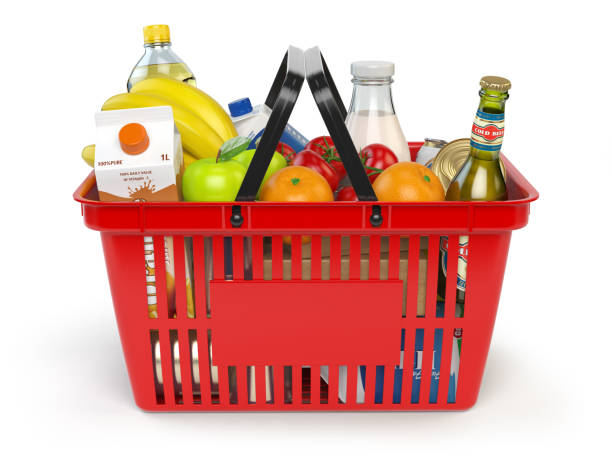Cost of Living in Panama

Shopping basket with variety of grocery products isolated on white background. 3d illustration
Panamanians are spending more on basic products and reducing consumption outside the home. The consumption of mass products such as food, non-alcoholic beverages, cleaning and personal hygiene items, among others, increased 7% in the first quarter of this year. In times of uncertainty, households begin to cut expenses, suspend plans, try to save money, and many suspend going out to restaurants. A study of the consumption landscape presented in Panama City this week identified the trends of local consumers and how they have reacted to a panorama of lower economic growth and political changes that generate uncertainty. One of the findings is that consumption in Panama increased at a rate of 7.1% in March, at the end of the first quarter of this year in contrast to the same period in 2023. The growth reflected was the highest of the Central American countries in the amount of purchasing volume. Countries like Costa Rica registered an increase of 6.8% in the volume of the mass consumption basket, 5.1% in the case of El Salvador and 4.6% in Guatemala. Only Honduras with a rate of 0.1% and Nicaragua with a reduction of -3.6% presented a contraction.
Panamanian consumers are prioritizing spending on food and household needs, which is why they are spending more on basic necessities, personal care items and home cleaning. Figures were revised downwards and more moderate growth is expected, which means that buyers in the country are forced to rethink consumption at home to manage your budget better. It is also specified that purchases are no longer monthly or for large inventories of products, but almost weekly and consumers make more trips to supermarkets to purchase the food they need on a daily basis. The growth in consumption is being driven by consumers from medium and low socioeconomic levels and when purchasing they prefer economical brands or brands from the supermarkets and stores they visit. Another characteristic is that they favor establishments recognized for their discounts, chain supermarkets and independent ones such as neighborhood stores.







